How Long Does a Lifepo4 Battery Last? (4 Tips to extend)
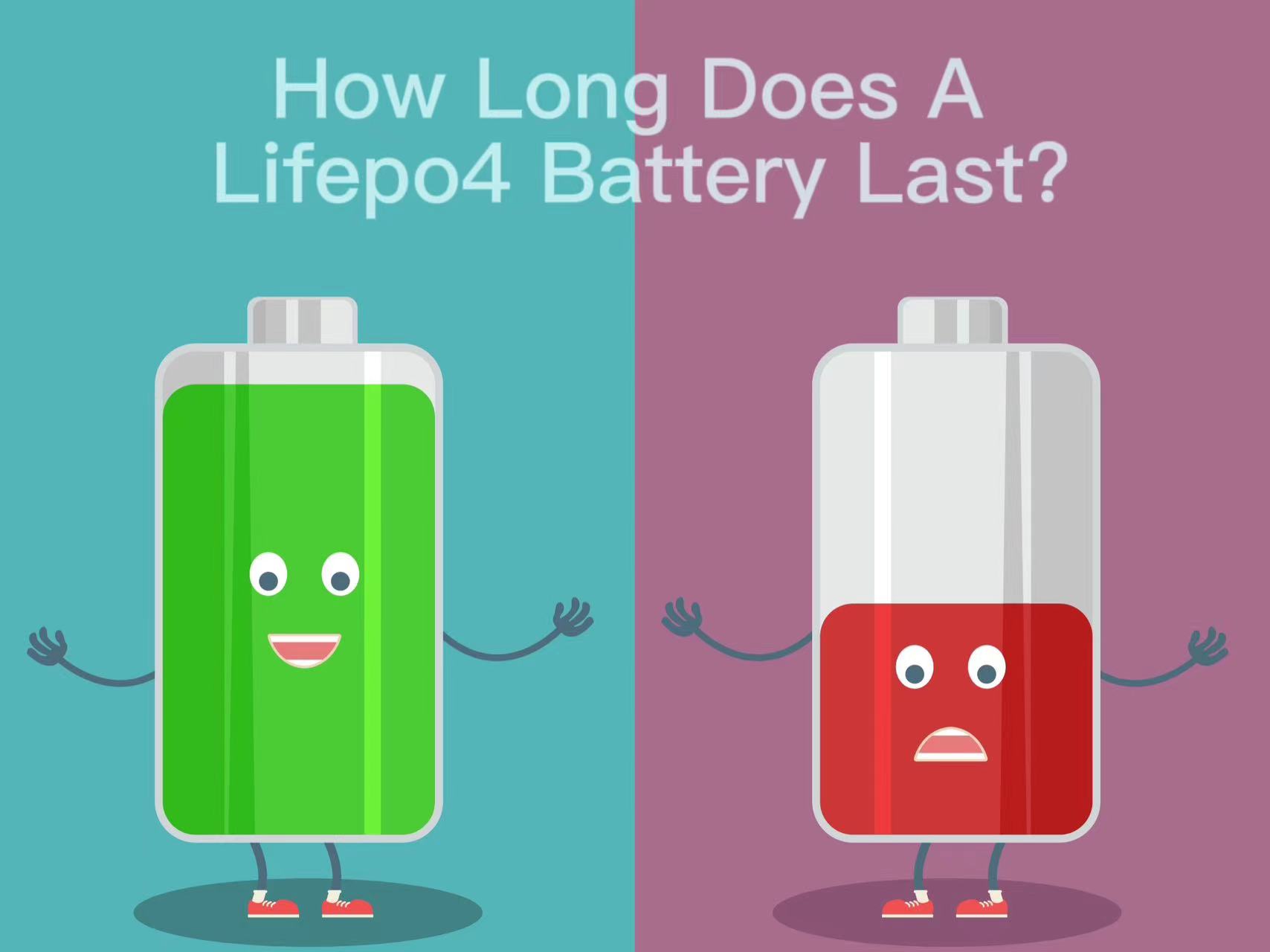
lifepo4 battery is becoming increasingly popular in various industries, due to their impressive energy density and long life cycles. With the help of advanced materials and technologies, these lithium-ion-based batteries can provide up to three times more energy than conventional lead-acid batteries.
This article will discuss how long does a lifepo4 battery last, the different structure types, what factors influence their lifespan and other related topics. In addition, it will compare the performance of a LiFePO4 battery with that of a lithium-ion battery.
By understanding these concepts, readers can gain a better grasp of the capabilities of LiFePO4 technology and make informed decisions about their energy storage needs.
What is a LiFePO4 Battery?
LiFePO4 stands for Lithium (Li) Iron (Fe) Phosphate (PO4), or LFP battery, and is the safest type of lithium battery.
Because they don't overheat, they won't catch fire even if punctured. And the positive electrode material in LiFePO4 battery is harmless, so it will not cause negative harm to health or the environment.
In addition to this, LFP batteries have a longer lifespan, require no maintenance, have better charging efficiency, and have better discharge performance. Therefore, LiFePO4 batteries are gaining popularity in the industry.
Different Structure Types of Lifepo4 Batteries
Lifepo4 battery is an efficient and reliable power source made of lithium iron phosphate. It comes in many shapes and sizes, including prismatic, cylindrical, pouch and modular.
Square lifepo4 battery: Offer higher energy densities but can suffer from lifepo4 battery degradation if not used correctly.
Cylindrical cell: It is the most common type of LiFePO4 battery and tends to have better lifepo4 battery longevity, durability and performance than other structure types.
Pouch cell: It is flexible in shape but lacks lifepo4 battery shelf life compared to cylindrical or prismatic cells.
Hard Case battery cell: Offer good protection for the internal components but typically have shorter lifespans when compared to other structure types due to their inability to dissipate heat properly.
All lifepo4 batteries offer advanced safety features, no memory effect, and are environmentally friendly. Their lightweight construction makes them suitable for any application where size and weight are critical issues.
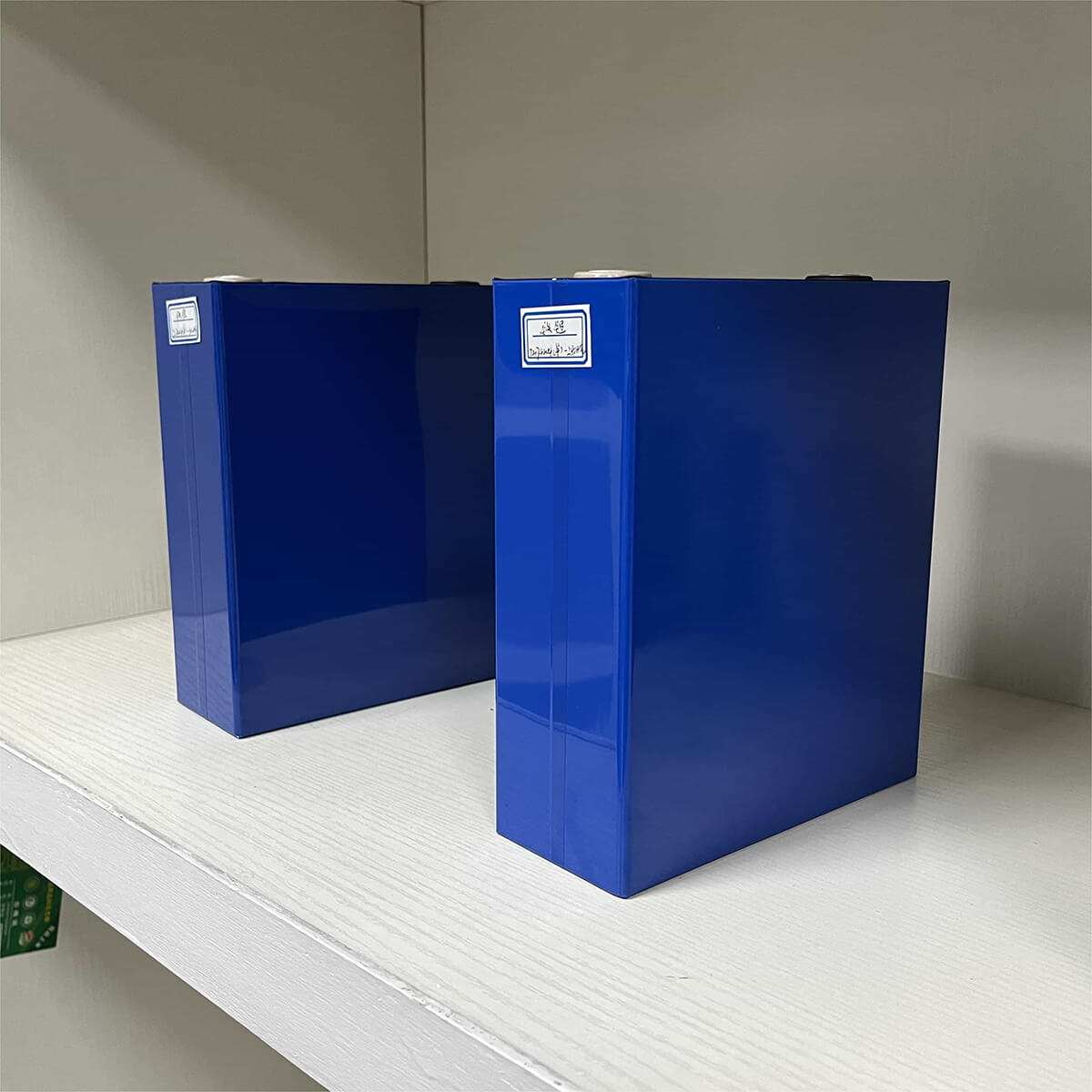
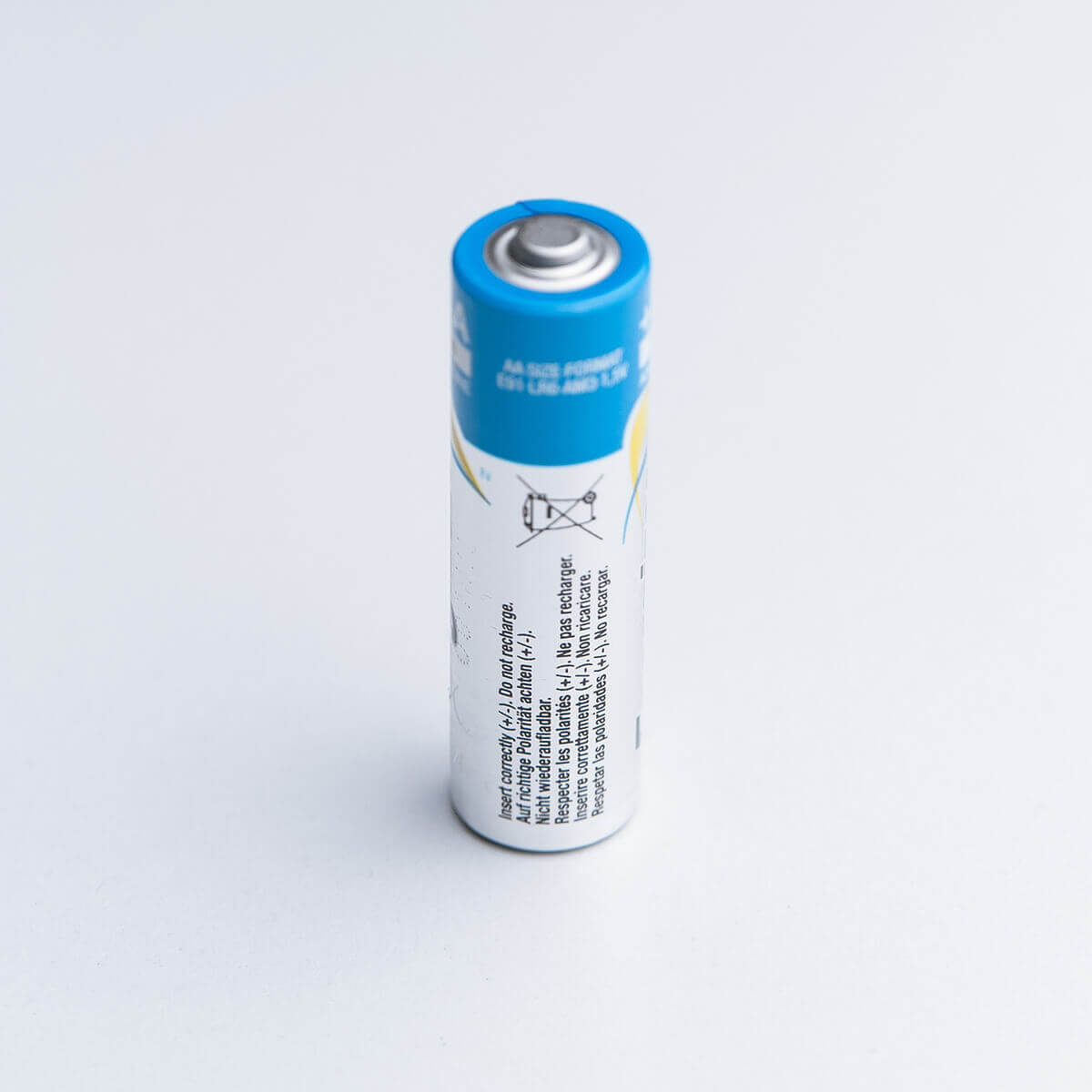

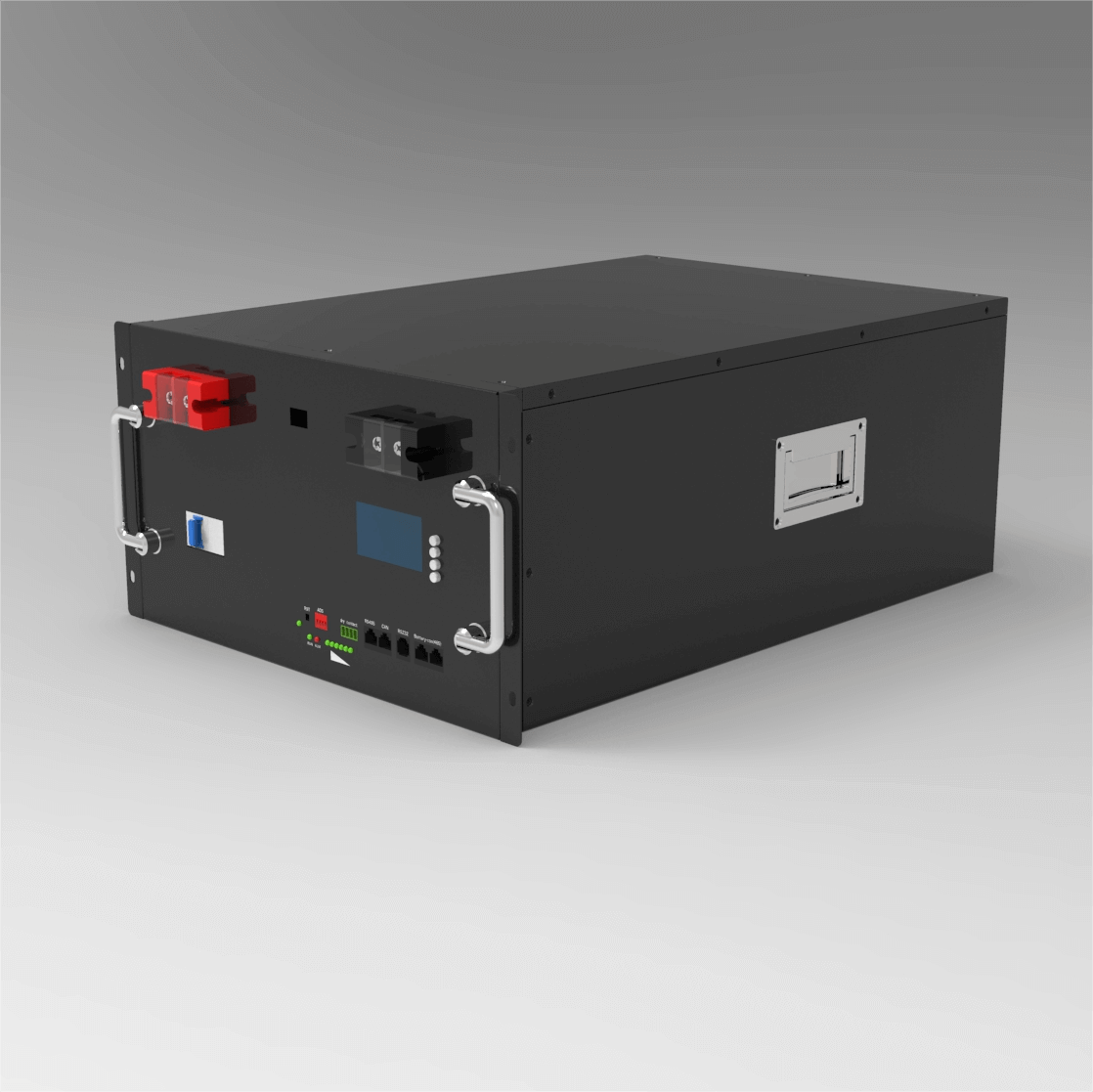
How Long Does a LiFePo4 Battery Last (cycle life)?
The expected longevity of LiFePO4 battery depends on a variety of factors, including the type and size of the cell, as well as the application and usage conditions. Generally, the battery can last anywhere from 10 to 20 years with proper maintenance and care.
For example, our lifepo4 server rack battery life cycle is at least 6000, then you will get:
6000/365= 16.43 years
The LiFePO4 battery life expectancy is largely dependent on how often it is charged and discharged, its charging cycles, storage conditions, temperature control, and other environmental factors. To maximize the lifespan of a LiFePO4 battery, users should:
- Avoid overcharging or completely discharging them more than once per month
- Keep them in a cool environment between 5°C (41°F) and 25°C (77°F)
- Follow best practices for charging
- Practice good battery maintenance
- Limit deep cycling
- Maintain regular inspection routines
- Cycle regularly to prevent sulfation buildup
- Ensure cells are balanced during charge/discharge cycles
- Store in an appropriate location away from moisture or extreme temperatures.
How Long Will A LiFePO4 Battery Hold A Charge?
A LiFePO4 battery can be thought of as an hourglass, with its charge slowly slipping away until it needs to be recharged. The time it takes for this charge to run out depends on a number of factors:
- The capacity of the battery, which determines how much power is stored in the cell.
- How much current is drawn from the battery while it is being used.
- The temperature during use- high temperatures will reduce battery life.
- The age and condition of the battery- older batteries tend to have lower capacities than new ones and may not be able to hold a charge for as long.
Assuming that the lifepo4 battery pack capacity is 2kWh, and a mobile phone with a power of 10W needs to be charged.
It can last for 2000/10=200 hours.
Relationship Between LFP Battery Lifespan and SOC
It can be known from the above that the cycle life can calculate the service life of the battery, and the rated capacity of the battery can calculate the battery life of the device.
However, for batteries with the same rated capacity, because the depth of discharge is different in different operating voltages, the actual usable battery capacity is also different, resulting in different actual battery life.
The following is 12V Flooded lead-acid, AGM battery, GEL battery, LFP battery for cycle test, and the remaining SOC of each battery under different voltages.
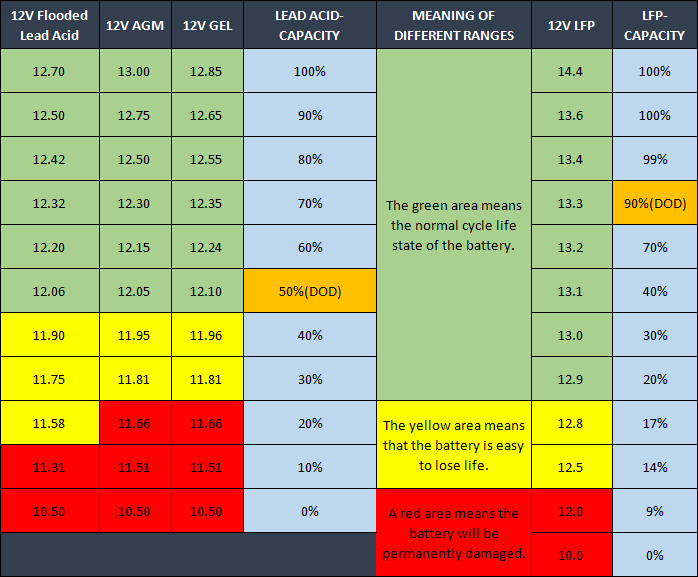
Factors Affecting LiFePO4 Battery Lifespan
The lifespan of LiFePO4 batteries is largely determined by a combination of factors, including:
- Temperature variations
- Depth of discharge (DOD)
- Charge and discharge cycles
- Charging practices
- Quality of the battery
- Battery age
- Maintenance and care
- Storage conditions
- Application type
- Environmental factors
Temperature is a major influence on the life of these batteries as it can affect their internal resistance and lead to faster aging.
Depth of discharge has an important role in influencing how long LiFePO4 batteries last as the deeper they are discharged the lower their capacity becomes over time.
Furthermore, charge and discharge cycles have a cumulative effect on battery longevity due to increased stress caused by cycling that eventually leads to reduced capacity or failure.
(1) Temperature Variations

Temperature fluctuations can significantly affect the longevity of a lithium-ion battery. Temperature affects the speed of chemical reactions, and if these temperatures are too high or too low, it can lead to a reduced lifespan for the LiFePO4 battery.
To preserve the lifespan of LiFePO4 battery, we need to be greater attention paid to temperature control during use and storage:
- Keeping within an optimal temperature range of 0°C - 45°C is critical for preserving battery life and safety
- Ensuring that LiFePO4 batteries are stored in a cool, dry place away from direct sunlight will help reduce stress on the cells
- Prolonged exposure to extreme temperatures may cause permanent damage to LiFePO4 cells, so monitoring temperatures regularly is important for both preservation and safety
(2) Depth of Discharge

The Depth of Discharge (DOD) is a major determining factor in the lifespan of LiFePO4 battery. A greater depth of discharge increases the losses due to cell imbalance, which can lead to decreased cycle life and thermal stress on cells.
Additionally, when operating at higher DODs, the battery will take longer to recharge. Generally speaking, most lifepo4 batteries can withstand up to 80% DOD with negligible loss in capacity or cycle life. However, for applications requiring long-term reliability and minimal maintenance costs, it is recommended that DODs be kept as low as possible (50% or less).
This ensures that regularly scheduled preventative maintenance is not necessary and provides extended service life. Furthermore, by utilizing best practices for charge/discharge profiles, temperature control strategies and other safety considerations; the performance and longevity of a lifepo4 battery can be optimized while minimizing cost over its operational lifetime within any given application.
(3) Charge and Discharge Cycles
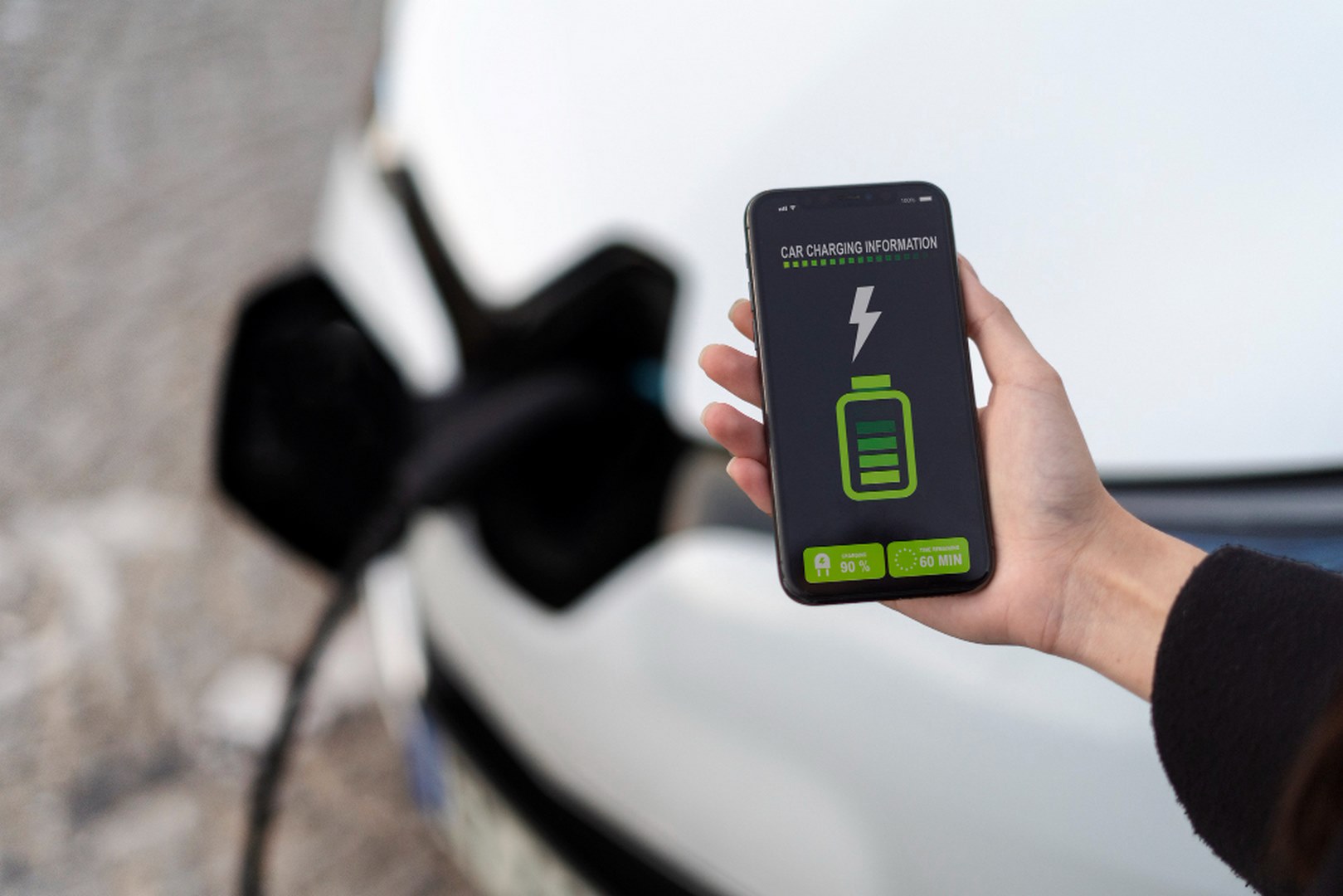
LiFePO4 batteries have a limited number of charge and discharge cycles, which can affect their performance and overall lifespan. To understand the cycle life of LiFePO4 batteries, it's important to consider factors such as depth of discharge, temperature range, charging method, operating environment and how often the battery is cycled.
Some common features that may be affected by cycling include:
- Capacity - The capacity of a LiFePO4 battery decreases over time with each cycle as some energy is lost during charging and discharging.
- Voltage - The voltage output from a LiFePO4 battery begins to decrease after several hundred cycles due to the gradual degradation of its components.
- Lifespan - Depending on usage conditions and other factors such as storage temperatures, a LiFePO4 battery generally lasts between 2000-3000 full charge/discharge cycles before needing replacement.
- Cost - Lithium iron phosphate (LFP) batteries are more expensive than other types of lithium-ion batteries but offer longer lifespans when used in applications where charge/discharge cycles are frequent.
- Maintenance Requirements - Regular maintenance is required for the optimal performance of LiFePO4 batteries in order to keep them functioning correctly for their full ah lifepo4 battery lifespan or lifepo4 battery price.
(4) Charging Practices
The effectiveness of a lifepo4 battery is largely dependent on how it is charged and discharged. It is therefore important to consider the charging practices that are used to ensure optimal performance of the battery, as well as its longevity.
Proper charging practices can help prolong the lifespan of a LiFePO4 battery by reducing its susceptibility to damage caused by overcharging or deep discharging. This includes avoiding full charge and discharge cycles whenever possible and using trickle charging when appropriate.
Additionally, it is best to store LiFePO4 batteries at around 50% charge and avoid leaving them in extreme temperatures for extended periods of time.
(5) Quality of the Battery
A quality LiFePO4 battery can provide reliable service and maximum performance when used correctly over extended periods of time. To ensure it delivers on its promise, the battery should be sourced from a trusted manufacturer that uses high-grade materials in its construction.
Additionally, the quality of the cell chemistry should be taken into consideration; LiFePO4 batteries are known for their stability and long life. Furthermore, proper maintenance is necessary to maximize the lifespan of the battery; this includes regular monitoring of voltage levels as well as ensuring it is always stored at an optimal temperature.
With these precautions taken, a quality LiFePO4 battery can last up to 10 years or more depending on usage conditions.
(6) Lifepo4 Battery Age

Even though LiFePO4 batteries have remarkable longevity, the age of a battery can still drastically affect its performance.
As the LiFePO4 battery ages, its overall capacity will start to decrease, resulting in decreased charging and discharging times. This means that an older battery may not last as long as it did when it was new.
Additionally, the internal resistance of the cells increases over time, making it more difficult for them to deliver power efficiently and effectively.
To ensure optimal performance from a LiFePO4 battery, regular maintenance should be done such as cleaning terminals and checking electrolyte levels. If done correctly, these steps can help ensure that your LiFePO4 battery will provide maximum service life regardless of age.
(7) Maintenance and Care

Proper maintenance and care can help extend the performance of a LiFePO4 battery, ensuring it continues to deliver reliable power for years to come. To ensure your LiFePO4 battery lasts as long as possible, you must follow certain guidelines.
Regularly check the voltage level of your battery; if it falls below 3V/cell, charge it immediately. Avoid discharging your battery too far or overcharging it; doing so will reduce its lifespan significantly.
If you can't charge normally because the voltage is too low, don't worry about throwing it away, you can also take a few 'activation' steps to reawaken the battery.
Additionally, avoid exposing the battery to extreme temperatures or moisture and always store it in a cool, dry place.
Taking these steps will help maximize the life of your LiFePO4 battery and ensure you get maximum value from your purchase.
(8)Storage Conditions
It is important to ensure that LiFePO4 batteries are stored in conditions that do not exceed the recommended temperature range and are kept away from moisture. To maximize battery life, consider the following tips:
- Always store LiFePO4 batteries at room temperature (60-80°F).
- Keep LiFePO4 batteries away from direct sunlight or heat sources.
- Ensure the area where you store your LiFePO4 battery is dry and free of moisture.
Storing your LiFePO4 battery correctly will give you peace of mind that it will last for as long as possible with minimal effort on your part. With proper care and storage, you can trust that your battery will perform optimally and provide reliable power when you need it most.
(9) Application Type
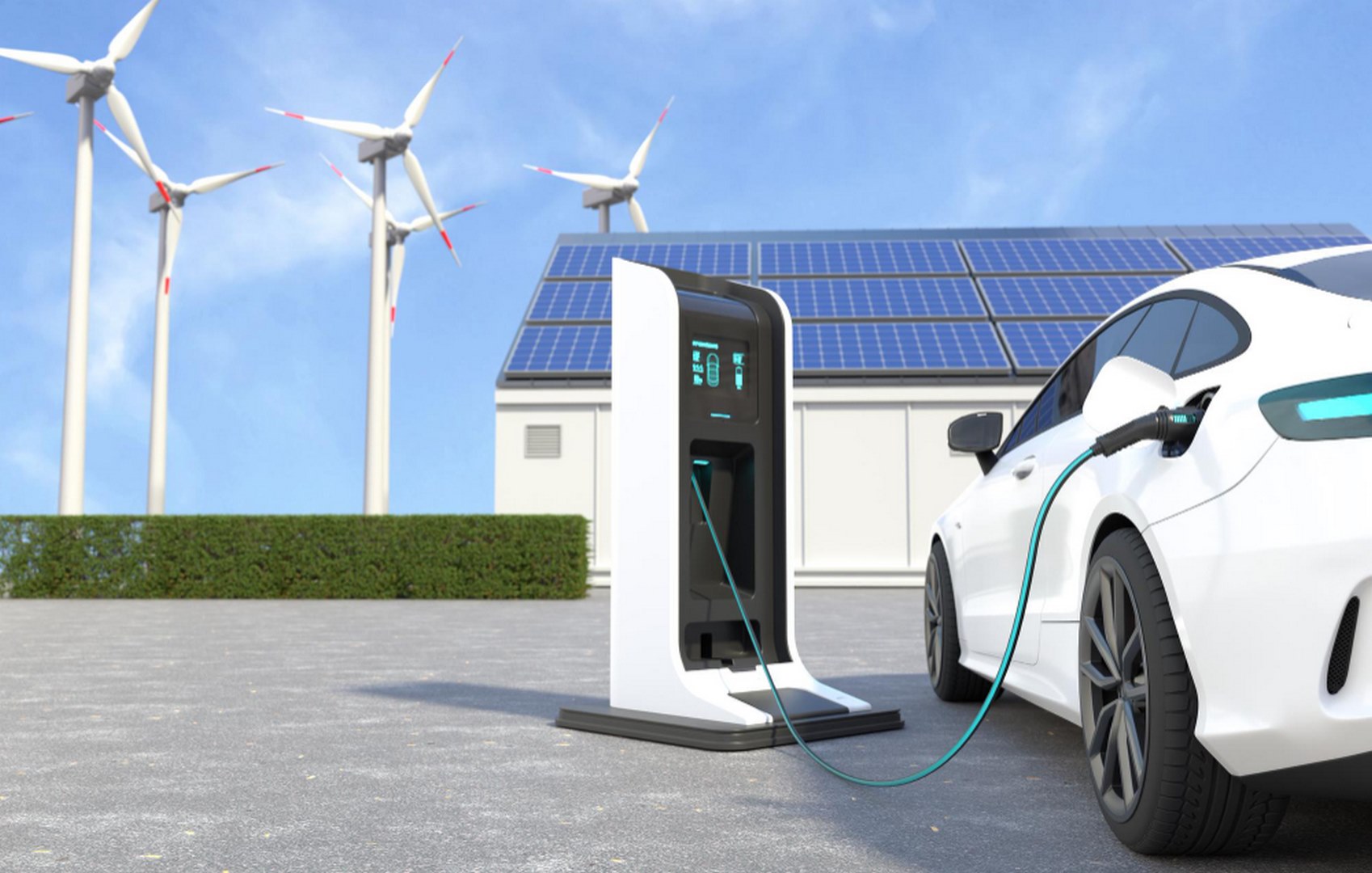
When it comes to LiFePO4 batteries, the application type is important to consider as it can influence the longevity of their performance. The type of application and the corresponding requirements are key factors in determining how long a battery will last.
For example, if the battery is used for a high-power application such as electric vehicles, then it has to be capable of delivering high peak power and have a high C-Rate discharge capability with minimal voltage sag. This means that more advanced technology must be used for these types of applications which leads to higher costs but also longer life expectancy.
On the other hand, if used for low-power applications such as portable electronics or solar energy storage, then lower-powered cells may be sufficient and can offer greater longevity since they will not be exposed to extreme conditions or require large amounts of power output.
(10) Environmental Factors
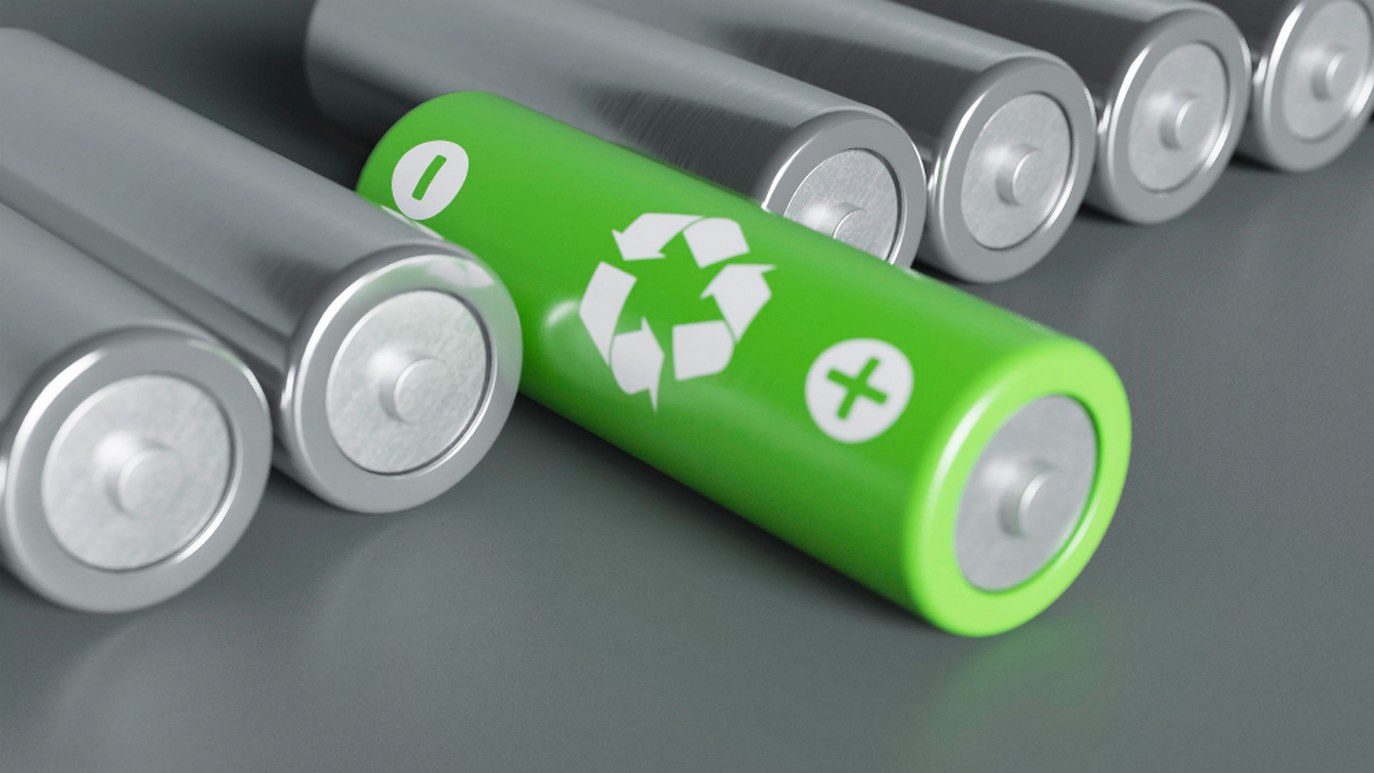
Environmental factors such as temperature and the amount of charge-discharge cycles can greatly impact the longevity of LiFePO4 batteries.
For instance, exposure to extreme temperatures can significantly reduce battery capacity and lifetime due to physical damage caused by the expansion or contraction of the cell components.
In addition, frequent charging and discharging shorten battery life since this activity causes chemical changes in the battery that degrade its performance over time.
It is thus important for users to monitor their environment and ensure optimal conditions for their LiFePO4 batteries in order to maximize their lifespan.
How to Extend LiFePO4 Battery Life?
In order to maximize the life of LiFePO4 batteries, it is important to use the correct charger.
Avoid overcharging, maintain proper temperature, monitor battery life, keep the battery clean, avoid excessive discharge, store the battery properly, monitor charging practices and replace the battery when necessary.
All of these steps are essential in extending its lifespan.
Furthermore, proper maintenance and regular monitoring can ensure that a LiFePO4 battery performs optimally for long periods of time.
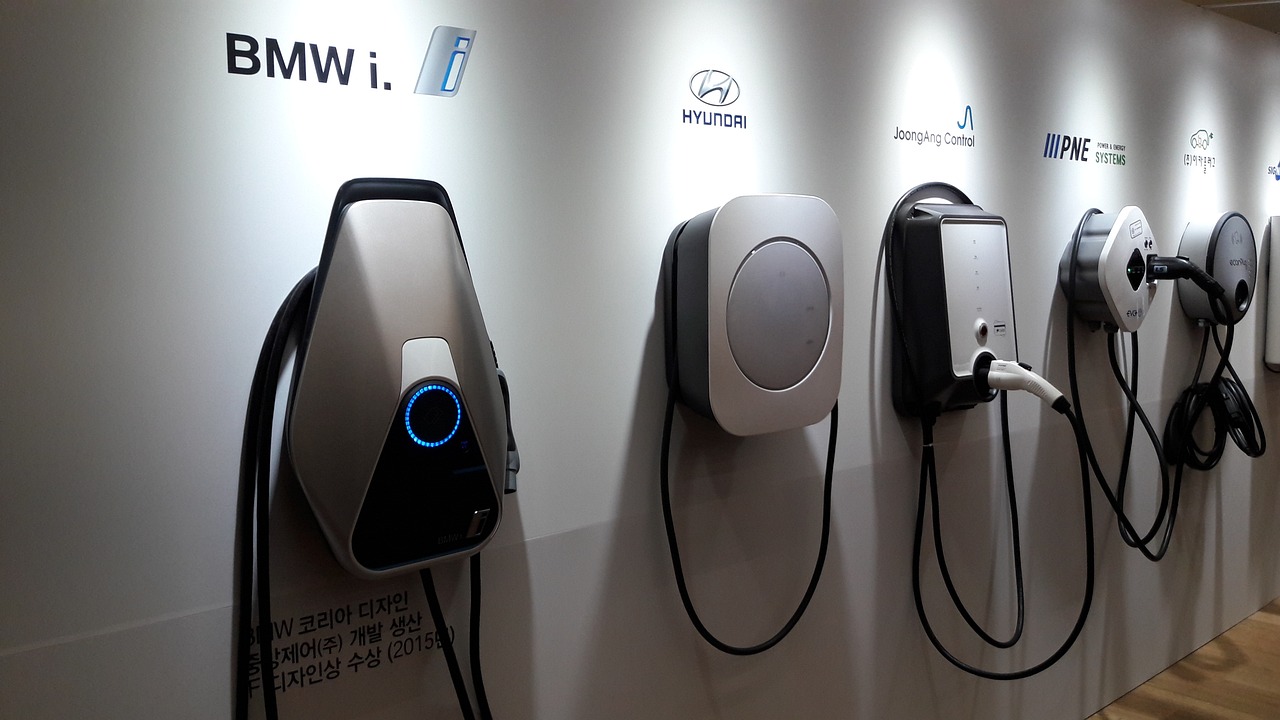
1. Use the Correct Charger
An appropriate charger should be utilized to obtain the optimal performance of a lithium-ion battery. It is important to understand the difference between universal chargers and those that are specific to LiFePO4 batteries, as some universal chargers may not be able to provide the correct voltage for LiFePO4 batteries.
Using an incorrect charger could lead to undercharging or overcharging, which can reduce the lifespan of a LiFePO4 battery. To extend the life of a LiFePO4 battery, it is recommended that users:
- Use a charger specifically designed for LiFePO4 batteries
- Monitor charging levels regularly
- Take extra care with high-temperature environments
2. Avoid Overcharging
It is important to take measures to avoid overcharging a LiFePO4 battery in order for it to reach its maximum potential lifespan. LiFePO4 batteries are sensitive and must be charged carefully in order to prevent damage. Overcharging or discharging the battery can lead to reduced capacity, decreased performance, and even battery failure. It is essential to practice safe charging habits with these types of batteries in order to ensure long-term success.
| Measure | Effect | Action |
|---|---|---|
| Temperature Monitoring | Maintains Balance & Prevents Overheating | Monitor Battery Temperatures Regularly |
| Voltage Regulation | Limits Charging Rate & Prevents Damage | Use Properly Rated Chargers & Circuit Breakers |
| Balance Lifepo4 battery | Maximizes Battery Life | Enable Equalization Mode on Charge Controllers |
| Maintenance Cycles | Ensures Optimal Performance | Check Voltage Levels During Long Stagnant Periods |
3. Maintain Proper Temperature
Surpassing the recommended temperature for LiFePO4 batteries can be disastrously catastrophic, so it is vital to maintain the proper temperature at all times. Knowing how to properly care for your battery will ensure that its lifespan is maximized and that it performs optimally. Here are five ways to maintain the proper temperature of a LiFePO4 battery:
- Use a lithium-specific Battery Management System (BMS) to monitor the cell voltage, current, and temperature. This ensures that the cells are not overcharging or discharging too quickly.
- Store your LiFePO4 batteries in a cool and dry environment with temperatures between 10°C - 25°C (50°F - 77°F). Heat is one of the leading causes of battery failure, so keeping them cool helps prolong their life.
- Avoid leaving your LiFePO4 batteries in direct sunlight or other hot places where temperatures exceed 40°C (104°F).
- If possible, use an air conditioner or fan during the charging/discharging processes to keep the area cool and reduce heat buildup from cells.
- Regularly inspect your battery packs for any signs of swelling, leakage, and corrosion as these may indicate improper temperature control.
Taking steps to ensure proper maintenance will help you get the most out of your LiFePO4 battery's life cycle while ensuring safety precautions are taken each time you use them.

4. Monitor Battery Life
Monitoring the life cycle of a LiFePO4 battery is essential in order to ensure optimal performance and maximum longevity. Battery life can be determined by regularly examining factors such as voltage, current, internal resistance, temperature and capacity. Additionally, tracking the number of full charge/discharge cycles will help indicate when it's time to replace the battery.
This can be done manually or with specialized equipment such as a BMS that records data over long periods of time for further analysis.
If lifepo4 without BMS, the battery will have certain risks in less-than-ideal conditions and may cause expensive repair costs.
Therefore, setting up a monitoring system can enable the user to determine when the battery needs to be replaced in order to maintain peak efficiency and maximize its lifespan.
5. Keep the Battery Clean

Regularly cleaning a LiFePO4 battery can help maintain its peak efficiency and maximize its useful lifespan. The battery should be wiped with a dry cloth to remove any dirt, dust, or debris that may have accumulated on the surface of the cells.
In addition, the terminals should be inspected for corrosion and cleaned by using a soft brush with baking soda solution if any is found. Doing this simple maintenance task regularly can help keep the battery performing at its best and extend its life significantly.
By taking these steps, users can ensure they get the most out of their LiFePO4 battery for as long as possible.
6. Avoid Excessive Discharge
Exceeding the recommended discharge level of a LiFePO4 battery can dramatically reduce its longevity, akin to taking years off its expected shelf-life. Taking time to understand and adhere to the manufacturer's suggested discharge rates can have a huge impact on the life of a LiFePO4 battery:
- Charge Levels: Keeping the charge levels within the suggested parameters ensures that all cells within the battery are balanced and functioning optimally.
- Discharge Cycles: Sticking to recommended discharge cycles allows for LiFePO4 batteries to be used safely while also extending battery life.
- Temperature Protection: Ensuring proper temperature protection prevents overcharging or discharging which can cause irreversible damage.
7. Store the Battery Properly

Storing a LiFePO4 battery correctly is essential for maximizing its longevity and performance. It should be kept in a cool, dry place away from direct sunlight. The temperature range for storage should not exceed 68°F (20°C), and the humidity level should remain below 65%.
For best results, it's also recommended to store the battery at about 50% charge. If stored for longer periods of time, it's important to check the voltage levels every two months and recharge as needed to ensure that the cells do not drop too low.
Taking these precautions when storing LiFePO4 batteries will help them last longer and maintain their peak performance.
8. Monitor Charging Practices
Monitoring charging practices is essential to preserving the longevity and performance of LiFePO4 batteries, akin to a gardener tending their garden regularly.
It is important for users to understand how much charge their battery can take at any given time in order to avoid overcharging or undercharging it. Overcharging can lead to premature aging of the cells, while undercharging will reduce the capacity of the battery over time.
To ensure optimal performance, users should track their usage closely and stay informed about best practices when charging their battery. Additionally, investing in a good quality charger that is specifically designed for LiFePO4 batteries will help ensure safe and efficient charging every time.
9. Replace the Battery When Necessary

Replacing a LiFePO4 battery when necessary is an important step in maintaining its performance and longevity. It is essential to proactively monitor the condition of the battery, as it can quickly degrade if not properly maintained.
Taking into account factors such as voltage levels, temperature variations, and expected usage patterns can help identify when it may be time to replace the battery. Additionally, it is recommended that LiFePO4 batteries are replaced every 8-10 years depending on their usage and care.
To ensure optimal functioning of the battery and safety for users, it is best practice to replace them before they exceed their useful life.
Benefits of a LiFePO4 Battery
Utilizing LiFePO4 batteries in applications can provide a variety of benefits due to their excellent energy density, long cycle life, and high levels of safety. There are many advantages that LiFePO4 technology offers compared to other battery technologies:
- High energy density - LiFePO4 batteries have an extremely high energy density up to three times that of Ternary Lithium Batteries. This allows for more power and longer runtimes while reducing the overall size and weight of the battery.
- Long cycle life - LiFePO4 batteries have a cycle life that is up to 5-10 times longer than those found in traditional lead-acid or NiMH batteries. This means they can be used for longer periods without needing replacement.
- High level of safety - LiFePO4 technology eliminates the risk of thermal runaway, which makes them much safer than other types of lithium-ion battery technologies. Additionally, these cells are less prone to voltage sag when deep discharged, making them ideal for use in devices with high current draw requirements such as electric vehicles.
- Low self-discharge rate - Self-discharge rates are typically 3% per month for LiFePO4 cells compared to 100% per month for other types of lithium-ion cells, making it easier to maintain the charge on these cells over time.
For these reasons, LiFePo4 batteries have become increasingly popular among consumers and manufacturers alike because they offer reliable performance at a fraction of the cost compared to other battery technologies.
Furthermore, advancements in manufacturing processes have allowed for increased cell efficiency while still maintaining optimal safety levels and reducing production costs even further. The combination of all these factors has made LiFePo4 batteries one of the most sought-after solutions when it comes to powering portable electronics such as smartphones, tablets, laptops, wearables, and more.
LiFePO4 vs. Other Battery Technologies

LiFePO4 batteries have gained popularity due to their superior energy density and longevity compared to other battery technologies.
In comparison with lead-acid batteries, LiFePO4 technology is more efficient in terms of power output for a given weight and size. Additionally, the lifespan of LiFePO4 batteries can be up to 10 times longer than that of lead-acid batteries.
Ternary lithium batteries offer even higher energy densities but generally shorter lifespans when compared to LiFePO4 cells.
As such, LiFePO4 technology provides an ideal balance between high energy density and a long life cycle while still being relatively cost-effective.
(1) Lifepo4 Battery VS Lead-acid Battery
Comparing LiFePO4 and Lead-acid batteries, it is evident that the former offers a longer lifespan. LiFePO4 technology features a higher cycle life than lead-acid batteries, with up to 5000 cycles compared to 500-1000 for lead acid.
The longer life of LiFePO4 also means that it generally requires less maintenance and fewer replacements over the lifetime of the battery when compared to lead-acid batteries.
Additionally, LiFePO4 batteries can provide more consistent power output, making them ideal for applications where consistent performance is important.
Its superior energy efficiency provides up to 10 times more usable capacity per weight than lead acid batteries while maintaining excellent safety characteristics.
In comparison, Lead-Acid technology has lower cycle life and does not offer the same level of energy density or consistency as the LiFePO4 option; however, it does remain an economical choice in certain applications due to its lower cost and availability on the market.
(2) Lifepo4 Battery VS Ternary Lithium Battery
Taking into consideration the differences between LiFePO4 and Ternary Lithium batteries, it is clear that one stands out from the crowd like a sore thumb. While both are rechargeable batteries, they differ in their composition, energy densities, cost-effectiveness, safety concerns and charging speeds.
LiFePO4 batteries consist of a combination of lithium iron phosphate while Ternary Lithium Batteries use an intercalation technology that comprises three primary materials: Nickel Cobalt Manganese (NCM) or Nickel Cobalt Aluminum (NCA). LiFePO4 has a higher energy density than Ternary Lithium batteries because of its chemical structure and capacity to store more power. It also has a longer life cycle with the ability to reach up to 5000 cycles or more when properly cared for.
On the other hand, Ternary Lithium cells have lower energy densities which makes them less expensive but not as long-lasting as LiFePO4 cells since they can only reach up to 700-800 cycles before needing replacement. In terms of safety concerns, LiFePO4 is considered safer than Ternary Lithium due to its lower cell voltage levels and lack of flammability when overheated.
However, when it comes to charging speed LiFePo4 takes much longer than ternary lithium battery which makes it less desirable for applications where quick charge times are necessary.
Application of LiFePo4 Battery
By investing in a LiFePO4 battery, it is possible to enjoy the benefits of reliable energy storage.
The applications for LiFePo4 batteries are numerous and include:
Home use:
Commercial/Industrial purposes:
- UPS systems
- Electric vehicles (EVs)
LiFePO4 batteries offer long-lasting performance, fast charge times, and low self-discharge rate. This makes them an ideal choice for any application that requires sustained energy over a period of time.
Furthermore, the high safety factor associated with LiFePO4 technology ensures that they can be safely used in various environments. With their durability and reliability, LiFePO4 batteries represent an attractive option for those seeking a cost-effective and environmentally friendly solution to their energy needs.

What are The Disadvantages of LiFePO4?
The utilization of LiFePO4 batteries does come with certain drawbacks, such as higher upfront costs and shorter lifespan compared to other types of rechargeable cells. The cost of purchasing the necessary components for a LiFePO4 battery is usually more expensive than lead acid or NiCad alternatives.
Additionally, with the increase in service life, the internal resistance gradually increases, which will lead to the reduction of battery capacity and power output.
When exposed to extreme temperatures or overcharged, LiFePO4 battery can undergo thermal runaway, which can cause severe damage to the battery itself and any surrounding materials, or even explode.
This danger can be mitigated by using advanced safety features such as current limiting circuits or monitoring systems that detect sudden changes in voltage or temperature. Additionally, it is important that users follow manufacturer guidelines when installing and handling these batteries to reduce the risk of potential hazards.
Should You Keep LiFePO4 Batteries Fully Charged?
It is generally recommended to keep LiFePO4 batteries as close to fully charged as possible for optimal performance and longevity. This is due to the fact that LiFePO4 batteries are more sensitive to deep discharges than other types of rechargeable batteries, such as lead-acid and NiCd. The lifespan of a LiFePO4 battery can be significantly reduced if it is routinely discharged below its minimal voltage threshold. Additionally, frequent full discharging will decrease the overall capacity of the battery over time, meaning it will hold less charge with each cycle.
| Advantages | Disadvantages |
|---|---|
| Optimal Performance & Longevity | Reduced Lifespan & Capacity Over Time |
| Minimized Risk Of Deep Discharge Damage | Must Be Kept Close To Fully Charged For Maximum Benefits |
Is it OK To Leave A LiFePO4 Battery On The Charger?
Leaving a LiFePO4 battery on the charger for prolonged periods may be detrimental to its performance and longevity. While charging the battery will not harm it directly, overcharging can reduce its capacity and overall life. To avoid this, users should disconnect the battery from the charger once it is fully charged.
This will ensure that the LiFePO4 battery reaches its maximum lifespan and performs optimally. Furthermore, leaving a LiFePO4 battery on the charger can also create excess heat which can damage or even destroy certain components of the system. For these reasons, it's important to closely monitor charge levels and remove batteries from chargers once they are at their full capacity.
Which is Better LiFePO4 VS Lithium-ion Battery?

The debate between LiFePO4 and lithium-ion batteries has been ongoing for many years, with both types of batteries having their own unique advantages and disadvantages. In order to make an informed decision about which type of battery is best for a particular application, it is important to consider the various factors that come into play when making such a decision. This includes factors such as cost, energy density, cycle life, temperature range, safety considerations, weight and size.
When looking at the cost factor alone, lithium-ion batteries typically are more expensive than LiFePO4 batteries. However, when considering the energy density of each battery type in relation to its size and weight there are some advantages to lithium-ion over LiFePO4.
Lithium-ion batteries can provide higher power output from smaller sizes than LiFePO4 cells can achieve due to their improved energy density per unit volume or mass. Additionally, lithium-ion cells have a greater cycle life than most LiFePO4 cells do; while both types of batteries will eventually degrade over time with repeated charging and discharging cycles, this degradation is accelerated in LiFePO4 cells compared to those using lithium-ion technology.
Buy Quality LiFePO4 Batteries
The transition from the previous subtopic to this current subtopic is clear: if one wishes to maximize the life of a LiFePo4 battery, one must purchase quality batteries. Quality is key when it comes to obtaining maximum battery life and performance. To ensure that a LiFePO4 battery will last as long as possible, consumers need to buy batteries from trusted brands with proven track records. Below is a table comparing several high-quality LiFePO4 Battery manufacturers:
| Brand | Life Expectancy | Warranty Period | Cycle Life |
|---|---|---|---|
| A123 | 10 Years | 2 - 3 Years | 6000 cycles |
| C&D | 8 Years | 1 Year | 5000 cycles |
| EnerSys | 7 Years | 4 - 5 Years | 5000 cycles |
| Harveypower | 15 Years | 12 Years | 8000 cycles |
Harveypower specializes in the production of high-quality solar energy storage batteries, which are built by 68 core engineers and 200 production workers.
Therefore, Harveypower's product cycle life is generally higher than other brands, and it dares to provide a 12-YEAR WARRANTY.
Conclusion
Lithium iron phosphate batteries, or LiFePO4, are a popular choice for many applications due to their increased cycle life. Studies show that most lifepo4 batteries can last up to 5000 cycles at 80% depth of discharge when used with proper care.
Moreover, LiFePO4 batteries can retain up to 90% of their original capacity after 10 years in storage when kept at temperatures lower than 25°C. It is essential to maintain the state-of-charge (SOC) level between 20-80%, as overcharging and deep discharging reduces battery lifespan significantly.
Overall, LiFePO4 batteries offer improved safety compared to other lithium-ion chemistries, making them a great option for various applications.
